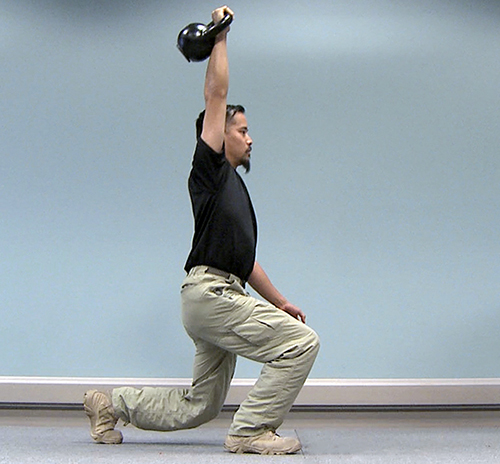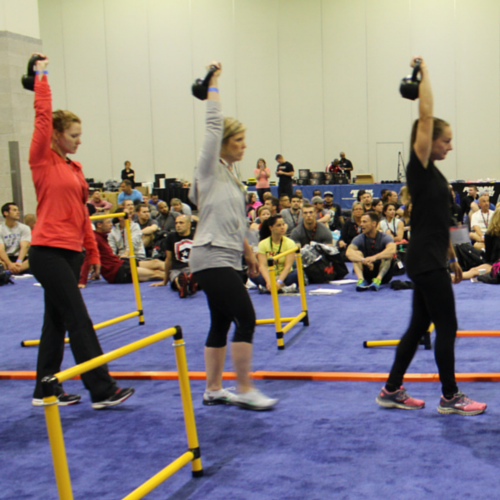Strength Defined
Written by Gray Cook FMS Pod Casts
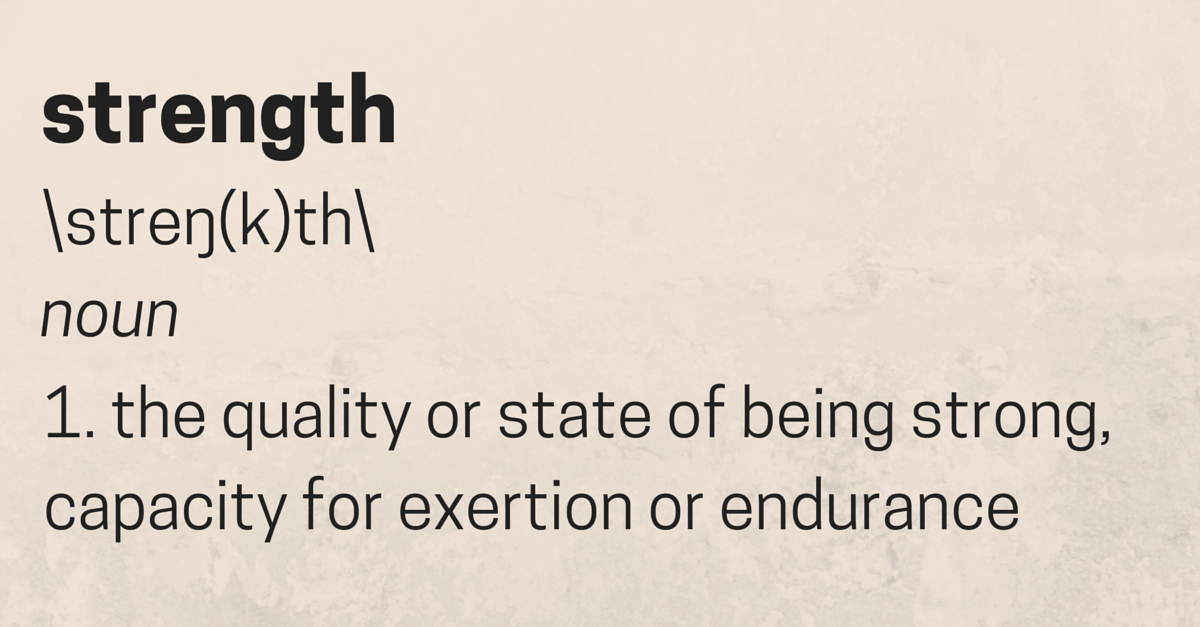
Our previous discussion of Strength ended with a challenge to develop a better, more applicable definition of the word.
When we look at the definition posted by Merriam-Webster for strength as a noun, the very first meaning is “the quality or state of being strong, capacity for exertion or endurance.” If we look deeper at exertion and endurance, we wind up using the words work capacity.
The reason I challenged the word strength in the first place was because I found myself working with Lee Burton and Dan John on Essentials of Coaching and Training Functional Continuums and pulling in commentary from strength coaches like Jon Torine and Alwyn Cosgrove on the entire concept of taking strength, pressing it hard and seeing if work capacity comes out. I think we can all hold ourselves to a better standard of communication and accountability if we use strength that way and don’t simply value it as a series of lifts.
Unless you are lifting because powerlifting is your sport, you’re lifting for some other benefit. Whether it’s simply fitness, preparation for ski season, preparation for boot camp or some other hobby or physical activity, we should be able to agree that work capacity will allow you to develop more skill because you have more resistance to fatigue—your practice time will be not only filled with volume but integrity as well.
If you could test work capacity without lifting then you could make a great case for lifting. If you need to lift to test work capacity, then you eliminate some strong non-lifters. If you need to lift with good technique, then you eliminate lots of gym rats as well.
You take a test to know what to practice—not so you can practice the test.
 |
|
| For more on this concept, check out this clip from my new DVD. | |
 |
|
 |
|
When Dan and I approached this topic in Essentials of Coaching and Training Functional Continuums, the biggest problem area, obstacle and point of controversy that emerged is the fact that following bodyweight competence and movement pattern competency, we go into loaded patterning.
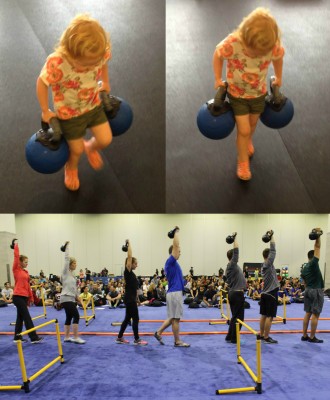
Biologically, that’s not what happens. Babies carry things before they try to lift their max load. Sub-max lifts with carries are actually preferred by nature and biological development over simple repetitions of lifting things in newly-acquired loaded patterns.
When people with a dysfunctional pattern on their movement screen do corrective strategies and jump right into a lift that looks like that pattern, there’s a “hiccup.” If I’ve done anything to make that glitch, I apologize for it publicly—because we should not arbitrarily impose loads on a pattern that has only been vetted at body weight.
We should see what your endurance and your integrity look like under load in a very low complexity movement, like a Farmer’s Walk, a front rack carry, an overhead carry or even a segment or the whole Turkish Getup. If we can value these vertical and horizontal carries, these symmetrical and asymmetrical carries, then I think we will demonstrate how long someone’s integrity will last under load.
From that base of carries, we can pursue the appropriate lifts that are needed to make the individual balanced in the left and right side of work capacity, the front and back side of work capacity and in the upper and lower allocation of work capacity. When we go for a balanced body, we quarter the whole thing. Look at the Y Balance Test and you’ll see where we’re coming from.
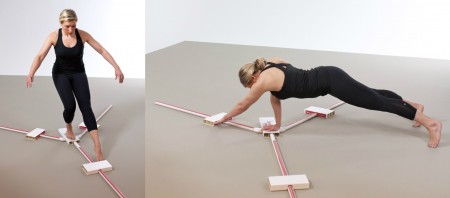
I challenged the word stability quite some time ago in my book Movement, stating that all we were doing with the word stability is really strength—sets and repetitions to small muscle groups. That’s not what stability is.
Stability is more about timing than it is about strength so we substitute the words motor control and they work very well. It keeps you on the mark and it helps you hit the bull’s eye because when you find a lack of motor control, you do the things that foster motor control. When you find a lack of stability, you simply ask which muscle group controls this movement and how many sets and repetitions you think it will take to regain it.
How many sets and repetitions of finger flexion do you think it will take to get you playing a piano?

There is no answer because it’s the wrong question. Playing the piano creates the timing and coordination that create the motor control to allow you to play a piano. It’s not about strength at the motor control level. It’s about alignment with integrity under load.
That’s what carries do for you—almost automatically if the posture is correct. If the starting posture is correct, your job is to gauge a carry cycle that lasts between one and three minutes. Adjust the loads appropriately. Adjust the postures appropriately. Make sure that they don’t have any ‘1s’ on the movement screen—if so, you’ve probably got a severe motor control problem or an underlying mobility problem. With these, you shouldn’t even be pursuing motor control until you know what you’re shooting at.
If we kill stability and replace it with motor control, and we kill strength and replace it with work capacity, then hopefully no one will be offended. The whole point of strength is not to create a word that’s a golden calf and let it become the thing that we strive for.
Work capacity is what we strive for in our human endeavors and strength is a key attribute that helps work capacity. At the right time and the right place, lifting is one of the most effective things to promote work capacity, but if lifting creates inappropriate side effects or somehow undermines work capacity, then strength is an empty word. Anybody can say they have it.
Let’s protect the nobility of words like strength and stability. For a short time, let’s impose a more correct title to what we want to gain by doing stability work or strength work. Let’s call them motor control and work capacity. Let’s not hide behind a term that doesn’t have metrics and values that enable us to demonstrate our improvement or effectiveness in one attribute without unnecessary or complicating side effects.
I hope that I haven’t offended anybody. If I’ve challenged you to think outside the box, it’s the same challenge that I imposed on myself when I started confronting this term, trying to be more truthful with myself and the work that I do.
Related Resources
-
What Makes CrossFit So Special?
Posted by Gray Cook
-
Continuums
Posted by Gray Cook
Please login to leave a comment
3 Comments
-

Marko 1/5/2015 3:07:08 PM
Hello Mr Gray,
I am Marko Beljaković - physical preparation coach ( for now ) from Serbia.I am your huge admirer. I read your books " Athletic Body in Balance "and " Functional Movement Screen " and I am also your member on functionalmovemet.com.I use FMS test in my work.. for sure, unfortunately, I don't have a licence but I have plan to take it....
Text above was really inspire me as every your blog or post. I have 29. years and I am seven years i coach world. I started with the book "Functional Training for Sports " so believe that transformation from strength and stability in work capacity and motor control can be excellent challenge for my further career.....like young coach....
Thank you on everything,
Sincerely,
Marko Beljaković
-

Paul Arena 1/5/2015 3:07:08 PM
Yah, that definition of strength at the beginning is wrong. I think Strength=Force against an external load. It is a variable in the Work equation. Work (newton*meters) = Force (newtons) x Displacement (meters). Throw in a time component and you have Power.
We should say "Wow, that person can produce a lot of force" instead of saying "Wow, that person is strong." I think in any athletic endeavor it is always better to be stronger than weaker, whether it's running, cycling or football. Or said differently, it's always better to be able to produce more force. Force(strength) will improve your Work Capacity. Coordination/motor control/neurological firing pattern (whatever you want to call it) will improve with practice in your specific sport (S.A.I.D. principle).Paul -

Fernando 1/5/2015 3:07:08 PM
This is excellent information! I look forward to further discussion on this topic with my colleagues and students.






